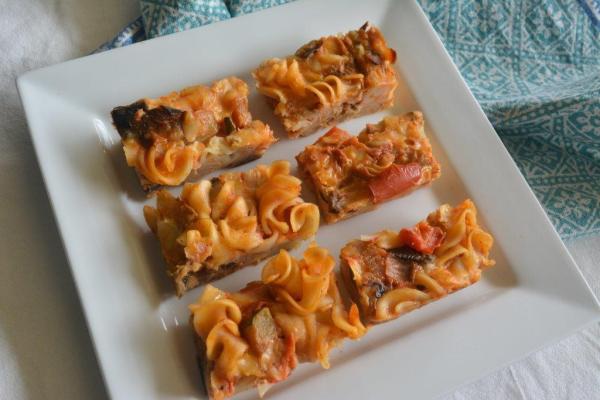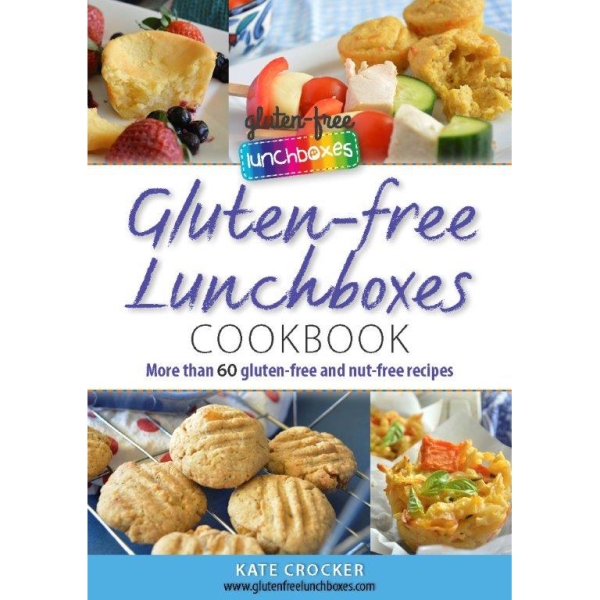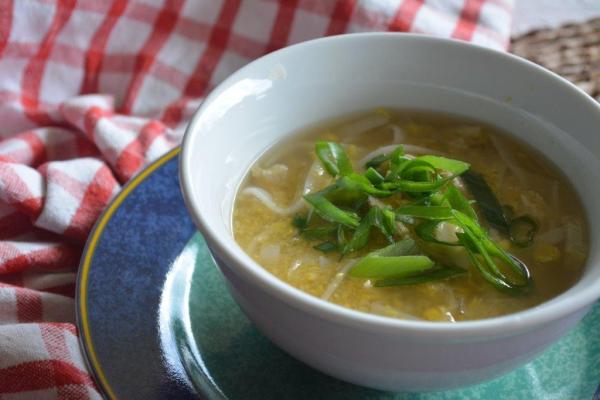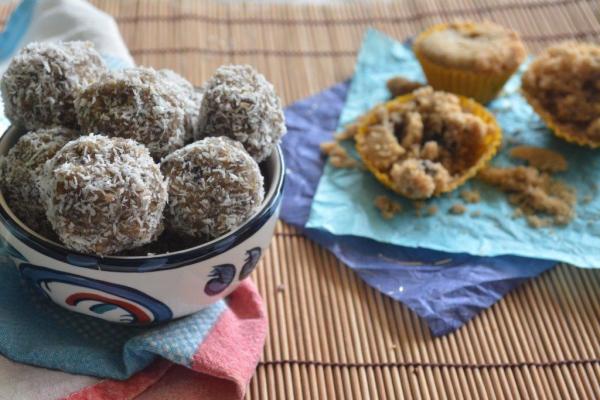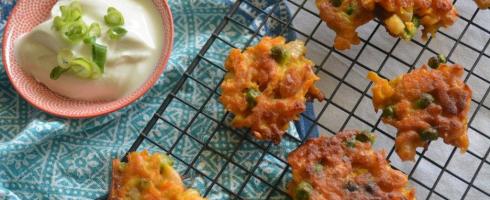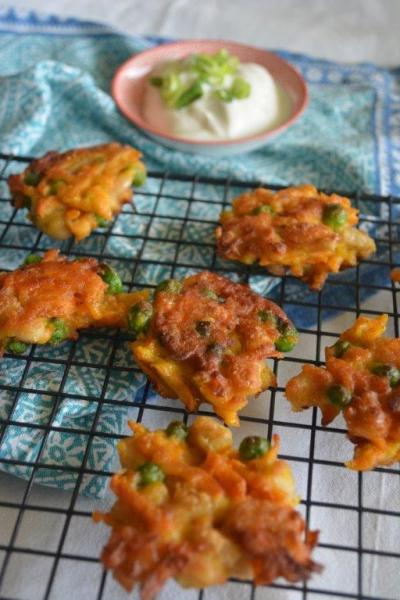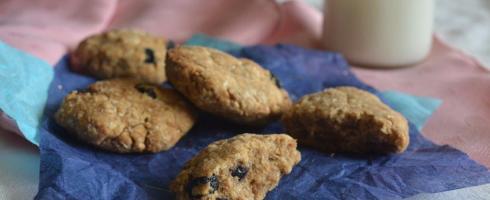I’ve been in a bit of a vegetable rut over recent months. I tend to favour carrot, zucchini, corn, mushrooms and sweet potato or pumpkin. If you look back over my savoury recipes, you’ll see that I’ve had them on high rotation. So, in the words immortalised by Taylor Swift, I decided to “shake it off” and introduce my kids to a few more veggies. Red capsicum, fennel and eggplant were my choice as I love them, they’re a classic combination and they make a great Italian vegetable stew.
I wasn’t optimistic that the kids would embrace the new tastes and textures, and I was right. They had small tastes of the stew but left it largely untouched. They tried it when I cooked it into a pasta bake, but it will be one of those things that has to be presented to them a number of times before they finally decide to give it a go.
On the other hand, my Husband and I loved the stew and pasta bake, so if you’re after something for a work lunchbox rather than a kids’ lunchbox, this may be the recipe for you.
The vegetable stew can be served hot, tossed through gluten-free pasta (top with basil and parmesan cheese), or as an accompaniment to grilled or roasted fish or meat. It’s very versatile and once you’ve made the stew, it’s really quick and easy to make the pasta bake. Just be sure to reserve some stew before you serve it up for the evening meal.
Enjoy!
Gluten-free Eggplant and Capsicum Pasta Bake
Ingredients
150 g gluten-free pasta spirals
1 ½ cups Eggplant and Capsicum Stew (see recipe below)
1 cup grated cheese
2 eggs, lightly beaten
Method
Cook pasta spirals according to packet directions. Drain thoroughly and allow to cool a little.
Preheat oven to 180° Celsius (conventional oven) or 160° Celsius (fan-forced oven). Grease and line a square 21 cm baking tray or cake tin.
In a large bowl, combine all ingredients.
Spread evenly into tray and press down with the back of a spoon.
Bake for 30 minutes.
Allow to cool in tray. When completely cool, slice into 3 x 5 cm rectangles.
Makes approximately 28 rectangles.
Eggplant and Capsicum Vegetable Stew
Ingredients
2 tbs oil
1 large onion, peeled and trimmed
250 g fennel
300 g eggplant (approximately 1 large eggplant)
150 g red capsicum, core and seeds removed (approximately 1 medium-sized capsicum)
180 g zucchini (approximately 1 large zucchini)
400 g tin diced tomatoes
375 ml gluten-free liquid chicken or vegetable stock
2 tsp dried oregano
Salt and pepper to taste
Method
Heat a large pot (stock pot) over high heat. Add oil.
Dice the onions into 2 cm chunks. Add to oil, stirring occasionally. Cook for 2 minutes.
Dice fennel, eggplant and capsicum into 2 cm chunks and add to pot. Fry until soft, stirring occasionally.
Add tomatoes, stock and oregano. Bring to the boil and then reduce heat to rapidly simmer for 20 minutes or until most of liquid has evaporated. Add salt and pepper to taste.
Serve immediately as an accompaniment for meat or fish, or stir through pasta.
Makes 6-8 serves, with enough left over for pasta bake.

